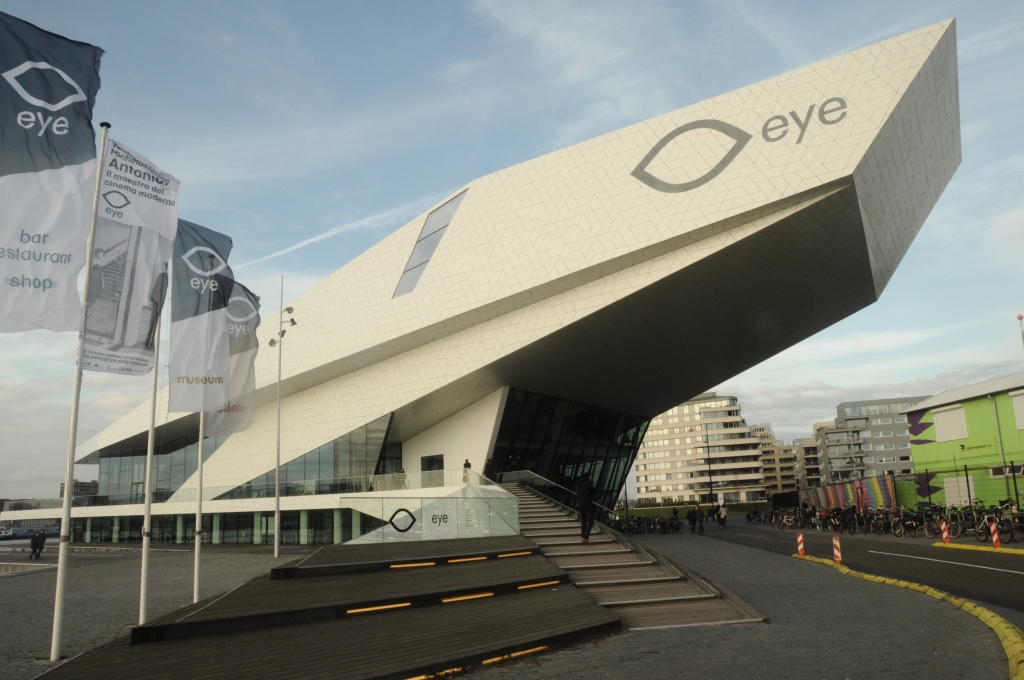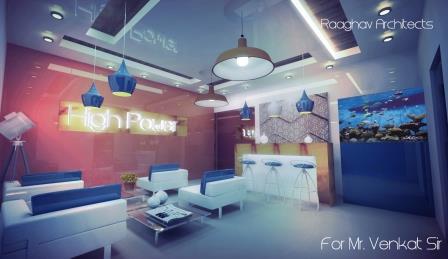-
TOP 10 SECRETS TO REDUCE CONSTRUCTION COST | A PLUS R ARCHITECTS 
Building a dream home is everyone’s aspiration. Every person wants to construct a home where they can cherish their memories. But when people want to make their dream into reality it is very hard to fulfil. It is because house construction costs are not cheap nowadays. For the middle-class family it is about investing their…
-
Contemporary Residence In Chennai
Luxurious Design in Royapettah done with elegance and aesthetics .Vaasthu has also been considered as per clients requirement . Welcome to this stunning contemporary residence located in the vibrant city of Chennai. This architecturally designed home offers the perfect fusion of modern elegance and functional living. Nestled in a prime location, this…
-
RealTime Virtual Hub
Collaboration with Varsha,Firdhose,Goutam,Karthik
-
Residential Apartments in Mumbai
-

Why hire an architect ?
1.Most Important aspect by saving Cost 2.Project Management 3.Prevent Major Blunder And Errors 4.If there are Errors then Architect can provide Solutions more Creatively 5.Better Understanding of the Client and Project Needs 6.Good Design is A Very Good Investment on a Long Run Saving Operation Costs 7. Specific Design Solution 8.Contractor Negotiation 9.Select Appropriate Material and…
-

Top 10 Best Architectural Cities to Visit in Europe
1. Brussels Brussels is rightly famed for its Art Nouveau architecture – this was the home of architects Victor Horta and Paul Hankar, after all, who is credited with designing the two first Art Nouveau Building in the World. More than 1000 buildings, from private homes to schools, cafes, and shops, were built in the…
-

How to Choose an Architects | 3 tips
1.Find An Independent Architect Help you personally throughout the project without other associations interference 2.Find An Architect and Connect directly With HIM/HER Personal contact important for design and detailed discussion 3.REFEREES Structural consultants and clients contact can help a step further.
-
Contemporary Design for Hotel Design in Kuwait
Design was created to match the international standards and allowed the visual lines to flow from landscape to the facade
-

Lounge Interior Design
Lounge designed for An International Client in Coimbatore By A+R Team

